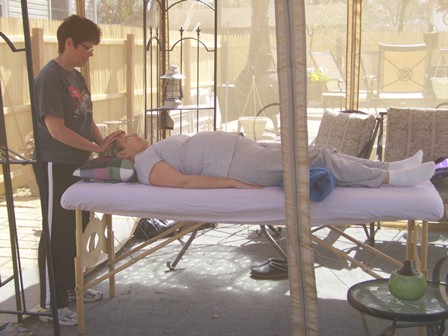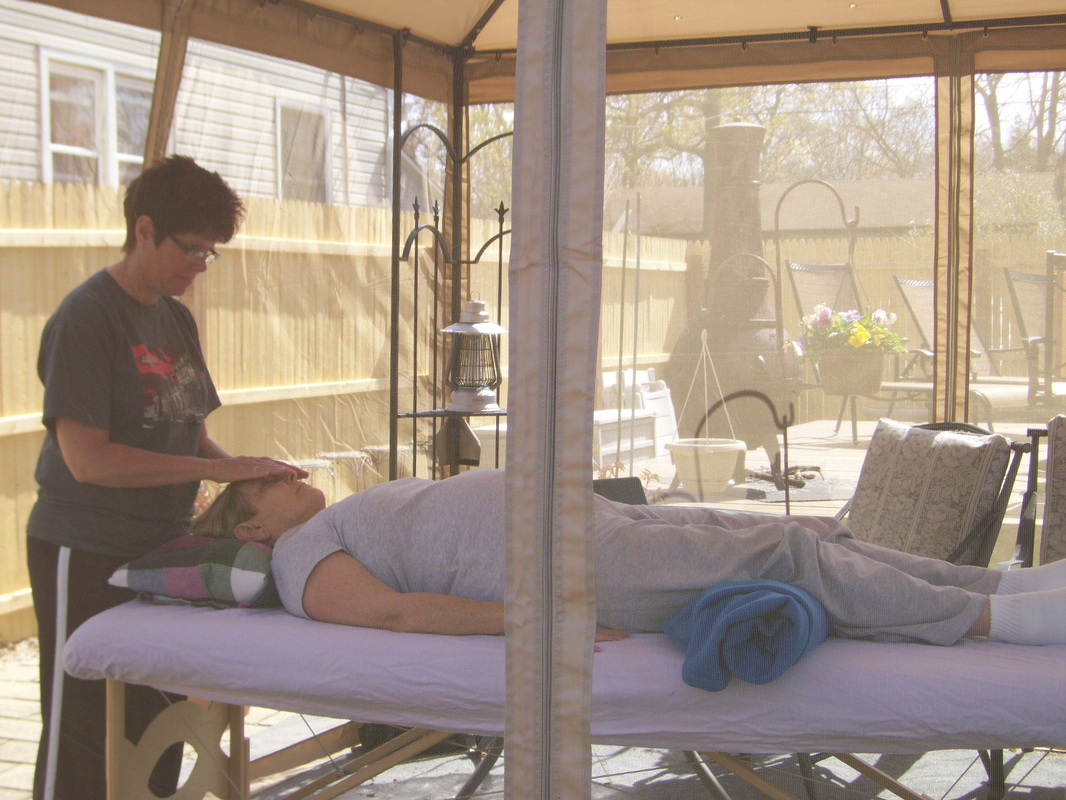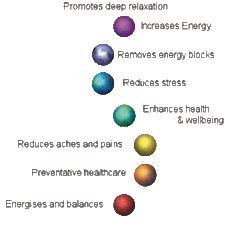ReikiI am a Reiki Master Practitioner and practicing for over 15 years.
Reiki (pronounced Ray Key) is a combination of two Japanese words rei and ki meaning universal life energy. Reiki is an ancient laying-on of hands healing technique that uses the life force energy to heal, balancing the subtle energies within our bodies. Reiki addresses physical, emotional, mental and spiritual imbalances. This healing art is an effective delivery system. The Reiki practitioner serves as a vessel that supplies healing energies where they are most needed. Reiki's ki-energies flow out of the practitioner's body through the palms of the hands while they are touching the recipient's body. What to Expect During a Reiki Healing Session You will be asked to lay down on a massage table, couch, or bed. You will be fully clothed except for your shoes. You may also be asked to remove or loosen your belt so that your breathing is not restricted in any way. It is best to choose loose-fitting garments to wear on the day of your appointment. Wearing natural fabrics is best (cotton, wool, or linen). You may also be asked to remove any jewelry (rings, bracelets, pendants, etc.) prior to the session, so consider leaving these items at home. Relaxing Atmosphere Reiki practitioners will often create a relaxing atmosphere for their Reiki sessions, setting the mood with the use of dimmed lights, meditative music, or bubbling water fountains. Some practitioners prefer to be in a place that is completely silent, without distraction of music of any kind, to conduct their Reiki sessions in. Healing Touch During the Reiki healing session the practitioner will place his hands lightly on different parts of your body. Some Reiki practitioners will follow a predetermined sequence of hand placements, allowing their hands to rest on each body placement for 2 to 5 minutes before moving on to the next. Empathic practitioners will freely move their hands in no particular order to the areas where they "feel" Reiki is most needed. Some Reiki practitioners do not actually touch their clients. Instead, they will hover their lifted palms a few inches above the reclined body. Either way, Reiki energies flow where they are suppose to. Reiki is a smart energy that automatically flows where the imbalances are in your body regardless of where the practitioner's hands are placed. Phantom Hands Because Reiki energies flow to where they are most needed there is a Reiki phenomenon called "phantom hands" that you may or may not experience. Phantom hands feel as if the Reiki practitioner's hands are touching one part of your body when they are actually elsewhere. For example, you may be able to see that the healer's hands are actually placed on your stomach, but you could swear that hands are touching your legs. Or, you may feel as if several pairs of hands are on your body at the same time as if several people are in the room with you. Reiki Distant Healing The distant Reiki session is just as strong, if not stronger, than a ‘hands on’ Reiki session. The effects can be instant. By using Reiki in this way any number of people or animals can receive the self-healing benefits of Reiki simultaneously. Anyone can benefit from Reiki healing - You don't have to be ill or injured to benefit from Reiki energy. Reiki goes where it's most needed. The above Reiki definition was taken from About.com |
FAQ
Disclaimer: Reiki is not a medical practice, and we do not pretend to be medical practitioners. For more information: www.creativehealingart.com |



